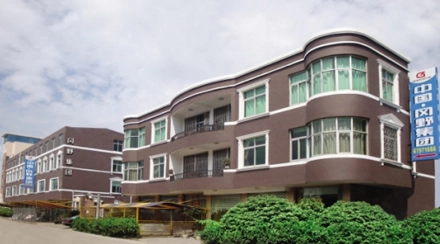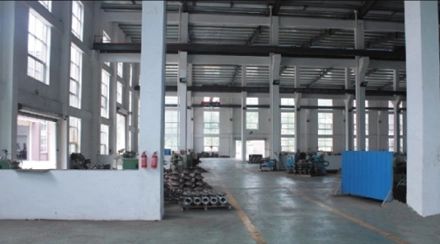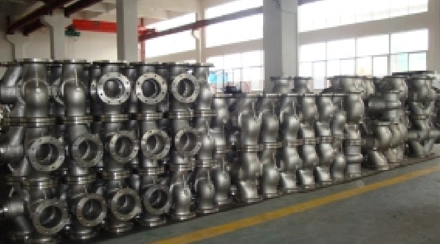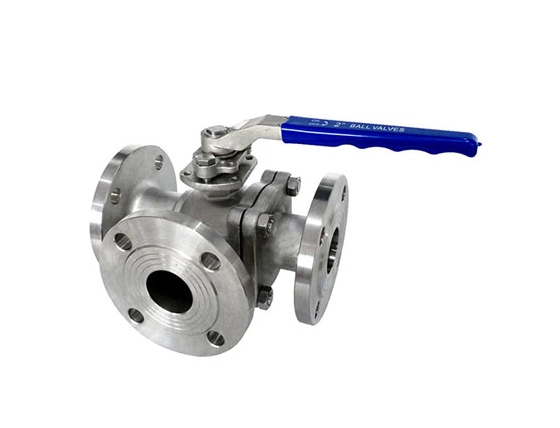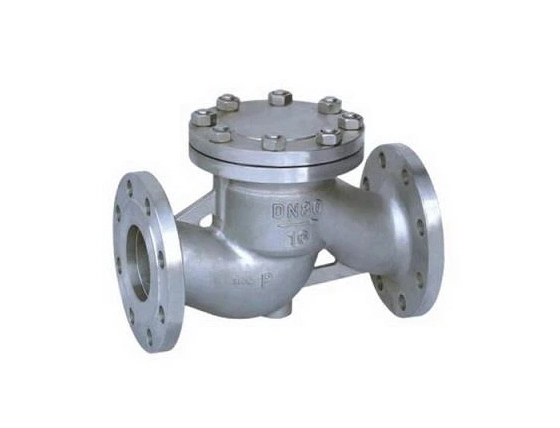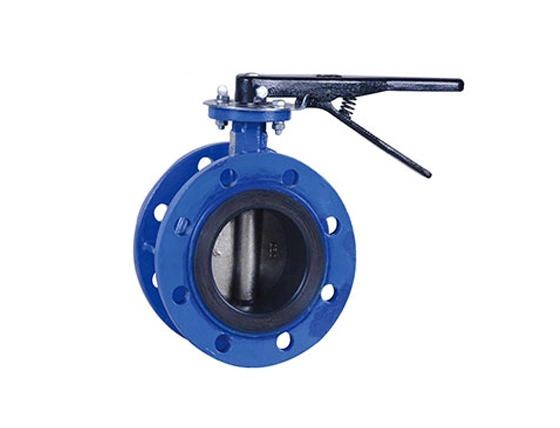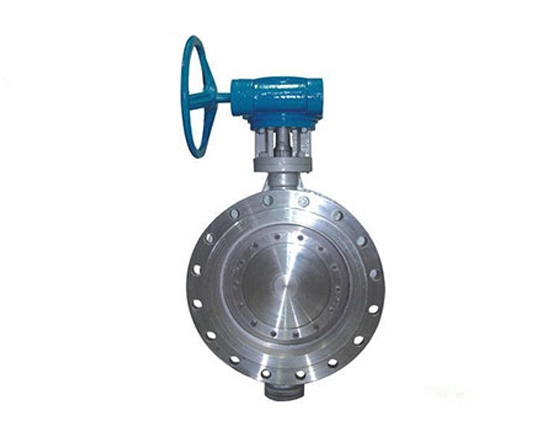en
A pneumatic ball valve is a ball valve equipped with a pneumatic actuator. The pneumatic actuator operates relatively quickly, with the fastest switching speed being 0.05 seconds per cycle. Therefore, it is often referred to as a pneumatic quick-closing ball valve. Pneumatic ball valves are usually equipped with various accessories, such as solenoid valves, air source treatment units, limit switches, positioners, control boxes, etc. These accessories enable on-site control and remote centralized control, allowing valve opening and closing to be controlled from a control room without the need to manually operate the valve on-site or in hazardous areas. This significantly saves manpower, time, and enhances safety.
The working principle of a pneumatic ball valve relies on the rotation of the valve core to either open or close the valve passage. Pneumatic ball valves are lightweight, compact, can be manufactured in large diameters, provide reliable sealing, have a simple structure, and are easy to maintain. The sealing surface and ball surface are usually in a closed state, making them less susceptible to medium erosion. These characteristics make them widely used in various industries.
Pneumatic ball valves and butterfly valves belong to the same type of valve category, with the difference being that the closing component in a pneumatic ball valve is a ball that rotates around the valve body's central axis to achieve the open and close functions.
In pipeline applications, pneumatic ball valves are mainly used for fast shut-off, distribution, and altering the flow direction of the medium.
Pneumatic ball valves can be categorized into O-type ball valves and V-type ball valves. O-type ball valves employ a floating structure, with the ball core being a precision casting and the outer surface undergoing hard chromium plating treatment. The seat is made from reinforced PTFE material. The flow passage diameter is the same as the pipeline diameter, resulting in high flow capacity and minimal flow resistance. There is no leakage when the valve is closed, making it suitable for use as an on-off valve, particularly for high viscosity media. V-type ball valves have a fixed structure, and the ball core has V-shaped notches, allowing for shear of fibrous or particulate media. Depending on the process equipment, pneumatic or electric actuators can be selected to form pneumatic ball valves or electric ball valves, respectively. For proportional control with pneumatic ball valves, a valve positioner must be used. For proportional control with electric ball valves, electronic actuators or servo amplifiers need to be selected.
